Sous Vide Chicken Breast (Frozen Or Fresh)
This Sous Vide Chicken Breast recipe is hands down one of the best ways to get juicy chicken breasts without overcooking. It can be stored in the fridge for meal prep or made into chicken salad, chicken sandwiches, or can be eaten as the main dish. You can even cook sous vide frozen chicken!
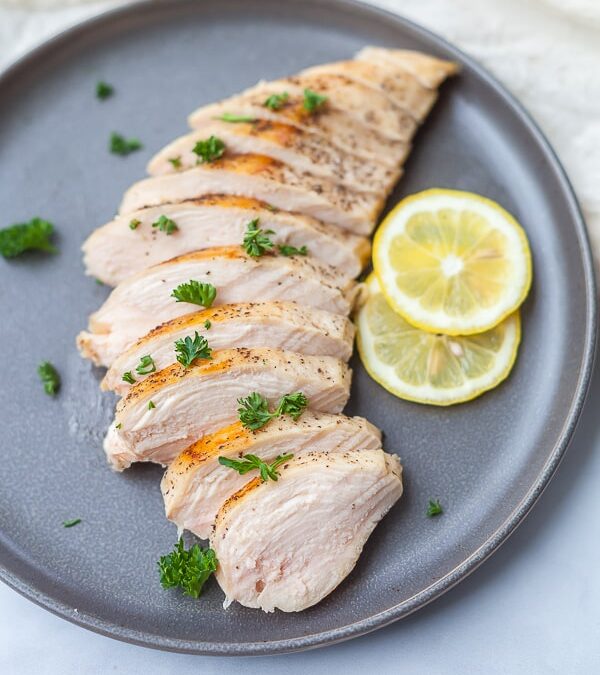
Ever since I purchased my Sous Vide cooker, I’ve been on a roll making so much protein and perfecting my sous vide cooking skills. This couldn’t have come at a more perfect time since I have been on a Keto Carnivore Experiment that is having me eat meat almost exclusively.
For a while, all I cooked were steaks upon steaks and even the occasional sous vide chicken thighs, but I prefer chicken breast.
🤔Why Should You Sous Vide Chicken Breast?
- You can fully cook the perfect chicken breast in one hour without babysitting it.
- Cook a large batch of chicken breast all at once for meal prep.
- It can be seared off from the fridge so you can make a healthy meal fast.
- It can be flavored with any seasoning or spices that you like!
- You cannot overcook chicken breast in the sous vide so long as it’s set to the right temperature. This means perfect chicken breast that isn’t dry EVERY TIME!
- Forgot to thaw your chicken? Sous vide frozen chicken breast easily using additional cooking time for the same result. We promise this will become your favorite sous vide chicken recipe!
🍗Ingredients & Equipment
This method makes a good chicken breast, but feel free to use your favorite cuts of chicken using the sous vide.
- Boneless Chicken Breast (with or without skin)
- Bone-In Chicken breast
- Chicken Thighs
- Chicken Drumsticks
- Chicken Wings
Recommended Tools
- Immersion Circulator – The best immersion circulator is by Anova because it’s top-of-the-line quality and has a great app that connects with your phone. You can also use a budget-friendly brand such as the SAKI or InkBird brand.
- Vacuum Sealer – Use any basic vacuum sealer with your sous vide. You can also use these sous vide bags with a hand pump for about $15.
- Vacuum Sealer Bags – Purchase a set of different sizes for ease and variety.
- Large Pot or Sous Vide Container – If you’re cooking a lot with the sous vide, it’s helpful to have a container that’s perfectly sized to hold the immersion circulator and the food it’s cooking. Otherwise, you can use a large pot or heat-safe container.
- Sous Vide Clips or Sous Vide Weights – These accessories are made to keep the food submerged in the water while it cooks to make sure it cooks evenly. You can purchase these or use a heavy kitchen utensil and binder clips.
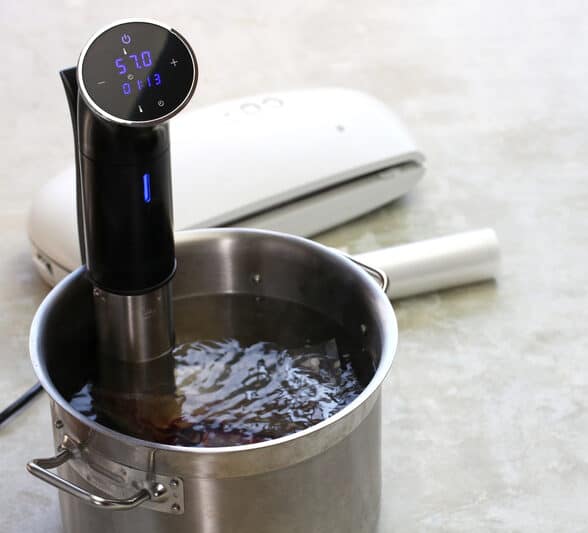
Check out The Best Sous Vide Accessories for a perfect cooking experience!
⏲How Long To Sous Vide Chicken Breast?
For the most part, you can fully cook and pasteurize a chicken breast in one hour. The texture of the chicken depends on the temperature it’s cooked at. Here is what I’ve found to be the best cooking time temperature for chicken breast.
- Soft, Juicy, and Slightly Rubbery – 140 degrees Fahrenheit for 90 minutes
- Tender and Juicy To Be Served Cold or In Chicken Salads – 150 degrees Fahrenheit 1 hour
- Juicy and Tender but Slightly Stringy – 160 degrees Fahrenheit for 1 hour
📝NOTE: These times and temperatures are based on a 1-2 inch thick chicken breast. They could stay in the water bath at a controlled temperature for up to 4 hours.
💧Water Displacement Method
Don’t have a vacuum sealer? The water displacement method works by using the principle of Archimedes, which states that a body submerged in water is buoyed up by a force equal to the weight of the water displaced by the body.
This means that the food in the sealed bag is cooked by the heat of the surrounding water, without coming into direct contact with the water. This cooking method is often used to cook delicate foods such as fish, eggs, and vegetables. You can use the water displacement method to properly secure your fish for sous vide using the following steps:
- Place your food in a Ziploc freezer bag, making sure to get as much air as possible.
- Seal the bag most of the way leaving a small opening at the end to let air escape.
- Submerge in the water letting the air come up to the top using the pressure of the water.
- Once the bag is submerged up to the seal, close it fully before fully submerging into the water.
📖How To Sous Vide Chicken Breast
1️⃣ Preheat your water bath to 145 degrees (or select temperature for desired texture).
2️⃣ Trim excess fat off the chicken breast, pat dry. Season chicken breasts with salt, pepper, or whatever seasoning you’d like. You can also use your favorite marinades or lemon slices.
3️⃣ Place chicken in a bag to vacuum seal or use a freezer-safe Ziploc and use the water displacement method (in notes below).
4️⃣ Add chicken to the water bath and cook for at least 1 hour or 1-2 hours if it is a bone-in chicken breast or frozen chicken breast.
5️⃣ Once fully cooked, remove from the water bath. If using cold or saving in the fridge, place in an ice bath for 10 minutes and refrigerate. If you are cooking them right away, remove them from the bag, drain excess liquid, and pat dry. Add desired herbs and seasonings and pan sear, broil, or air fry (see notes) and serve hot.
🧊How To Sous Vide Frozen Chicken
You can cook frozen chicken in your sous vide without needing to defrost or thaw using these simple steps.
1️⃣ Place frozen chicken in a vacuum-sealed bag or freezer-safe plastic bag.
2️⃣ Vacuum seal it or use the water displacement method to remove as much air as possible. This is important because the heated water needs to circulate around the entire surface of the frozen chicken in order to cook safely and evenly.
3️⃣ Set the sous vide temperature to 165F degrees and place it in a water bath making sure that the chicken is fully submerged.
4️⃣ Cook the chicken for 2-3 hours or until the chicken is fully thawed and cooked through.
5️⃣ There may be a bit more water in the bag at the end than usual to account for defrosting.
6️⃣ You can use frozen chicken that is boneless or has the bone in.
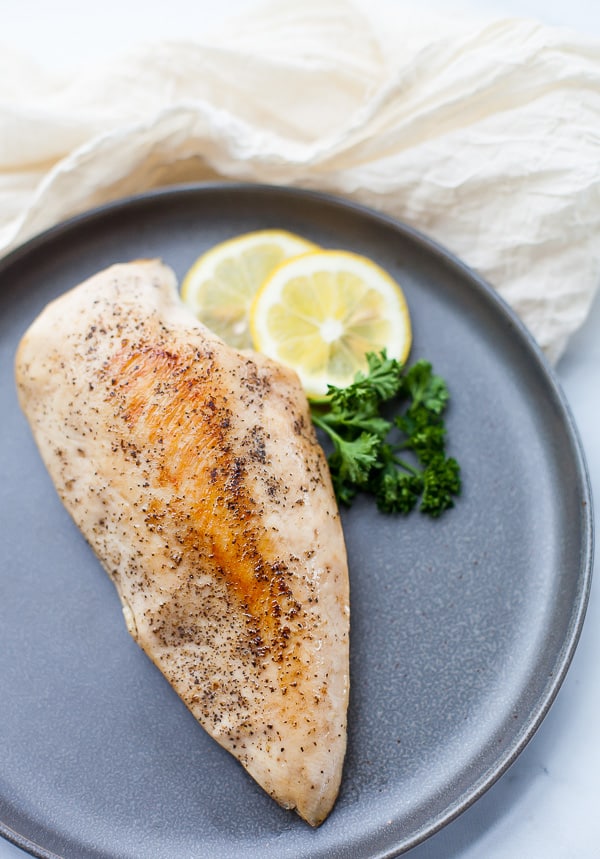
🍽How To Finish Sous Vide Chicken
There are many ways to finish your chicken which makes this recipe even more versatile for your personal preference. Once your chicken is cooked, remove it from the vacuum seal bag or ziplock bag. Pat dry with paper towels and use these easy finishing methods to make your favorite chicken recipes.
- Shred it up – with meat claws or a kitchen stand mixer for cold chicken salads.
- Broiler – pat the chicken dry, brush on some oil and broil for a few minutes until a crust is formed
- Pan Sear – pat chicken breast dry, heat up a cast-iron skillet to medium-high heat with oil, and sear for 1-2 minutes on each side with butter or olive oil until crust is formed. You can also add lemon, garlic, thyme, rosemary, and other fresh herbs, to make pan sauces.
- Air Fryer – pat chicken breast dry, brush with oil, and cook at 400-450 degrees for 5 minutes or desired crust is formed
❔FAQ
What If I Don’t Use Them Right Away?
Once the chicken is cooked through, put them in an ice bath for 5-10 minutes to cool down, and then place them in your fridge. They will stay fresh for up to 1 week and can be seared off at any time. I like leaving mine at room temperature for 15-20 minutes before cooking to ensure the inside isn’t cold.
Is 145 degrees F safe for chicken?
While 165 degrees cooked is a guarantee to kill bacteria, you can kill bacteria at 145 degrees as long as it’s held for at least 8 minutes at that temperature.
Why Is My Sous Vide Chicken Rubbery?
Usually chicken becomes rubbery if it is pre-seasoned. This means it was likely injected with seasoning or fluid to enhance the flavor. For best results use plain chicken breast and read your labels!
Is slightly pink chicken ok?
As long as the chicken is cooked to a safe temperature, the chicken is ok. The color of the chicken doesn’t always determine if it is safe to eat as some contain injections of seasonings or solutions that can change the color variations.
🥩More Sous Vide Recipes (Meat & Seafood)
- Sous Vide Lobster Tail
- Sous Vide Tilapia
- Sous Vide Yogurt Chicken
- Sous Vide Frozen Chicken Wings
- Sous Vide Frozen Shrimp
- Sous Vide Whole Chicken
- Sous Vide Frozen Steak
- Sous Vide Pot Roast
- Sous Vide Corned Beef
- Sous Vide Pulled Pork
- Sous Vide Pork Chops
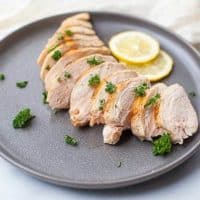
Sous Vide Chicken Breast
Instructions
- Preheat your water bath to 145 degrees (or select temperature for desired texture).
- Trim excess fat off chicken breast, pat dry and season with salt, pepper or whatever seasoning you’d like.
- Place in a bag to vacuum seal or use a freezer safe plastic bags and use the water displacement method (in notes below).
- Add chicken to the water bath and cook for at least 1 hour or 1-2 hours if it is a bone in chicken breast or frozen chicken breast.
- Once fully cooked, remove from the water bath. If using cold or saving in fridge, place in ice bath for 10 minutes and refrigerate. If you are cooking them right away, remove from bag, drain excess liquid and pat dry. Add desired herbs and seasonings and pan sear, broil or air fry (see notes) and serve hot.
Video
Notes
How Long Does It Take To Sous Vide A Chicken Breast?
For the most part, you can fully cook and pasteurize a chicken breast in one hour. The texture of the chicken depends on the temperature it’s cooked at. Here is what I’ve found to be the best cooking temperature for chicken breast.- Soft, Juicy and Slightly Rubbery – 140 degrees Fahrenheit for 90 minutes
- Tender and Juicy To Be Served Cold or In Chicken Salads – 150 degrees Fahrenheit 1 hour
- Juicy and Tender but Slightly Stringy – 160 degrees Fahrenheit for 1 hour
Can You Sous Vide Frozen Chicken Breasts?
Yes! They can be cooked right from frozen. Make sure you add one hour to your cooking time in order to make sure it fully thaws and cooks all the way through to the center.Cooking Sous Vide Bone In Skin On Chicken Breasts:
These can be cooked at the same temperature, but I would add 30 minutes to your cooking time.How Do You Finish Sous Vide Chicken?
There are many ways to finish your chicken which makes this recipe even more versatile:- Shred it up – with meat claws or a kitchen stand mixer for cold chicken salads.
- Broiler – pat the chicken dry, brush on some oil and broil for a few minutes until a crust is formed
- Pan Sear – pat chicken breast dry, heat up a cast iron skillet to high heat with oil and sear for 1-2 minutes on each side until crust is formed
- Air Fryer – pat chicken breast dry, brush with oil and cook at 400-450 degrees for 5 minutes or desired crust is formed
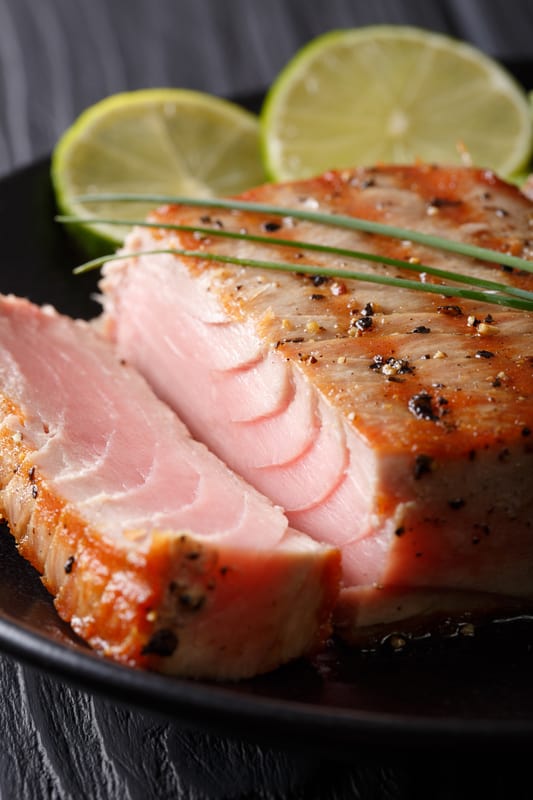
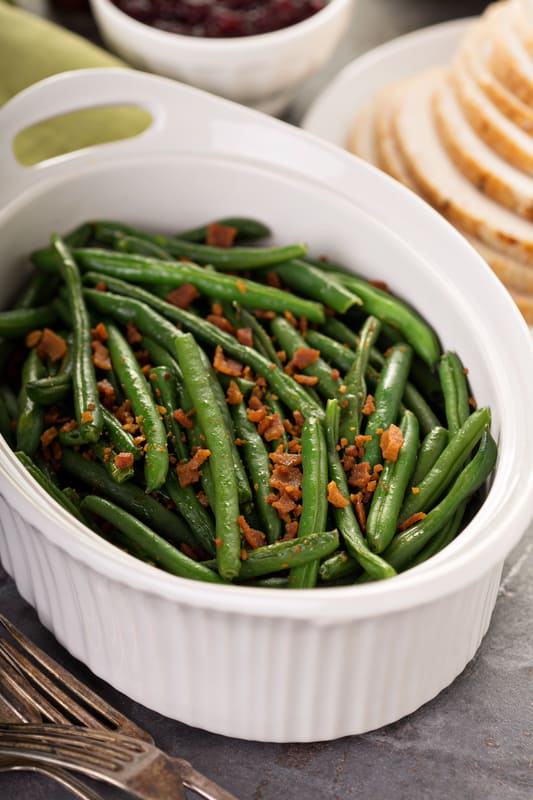
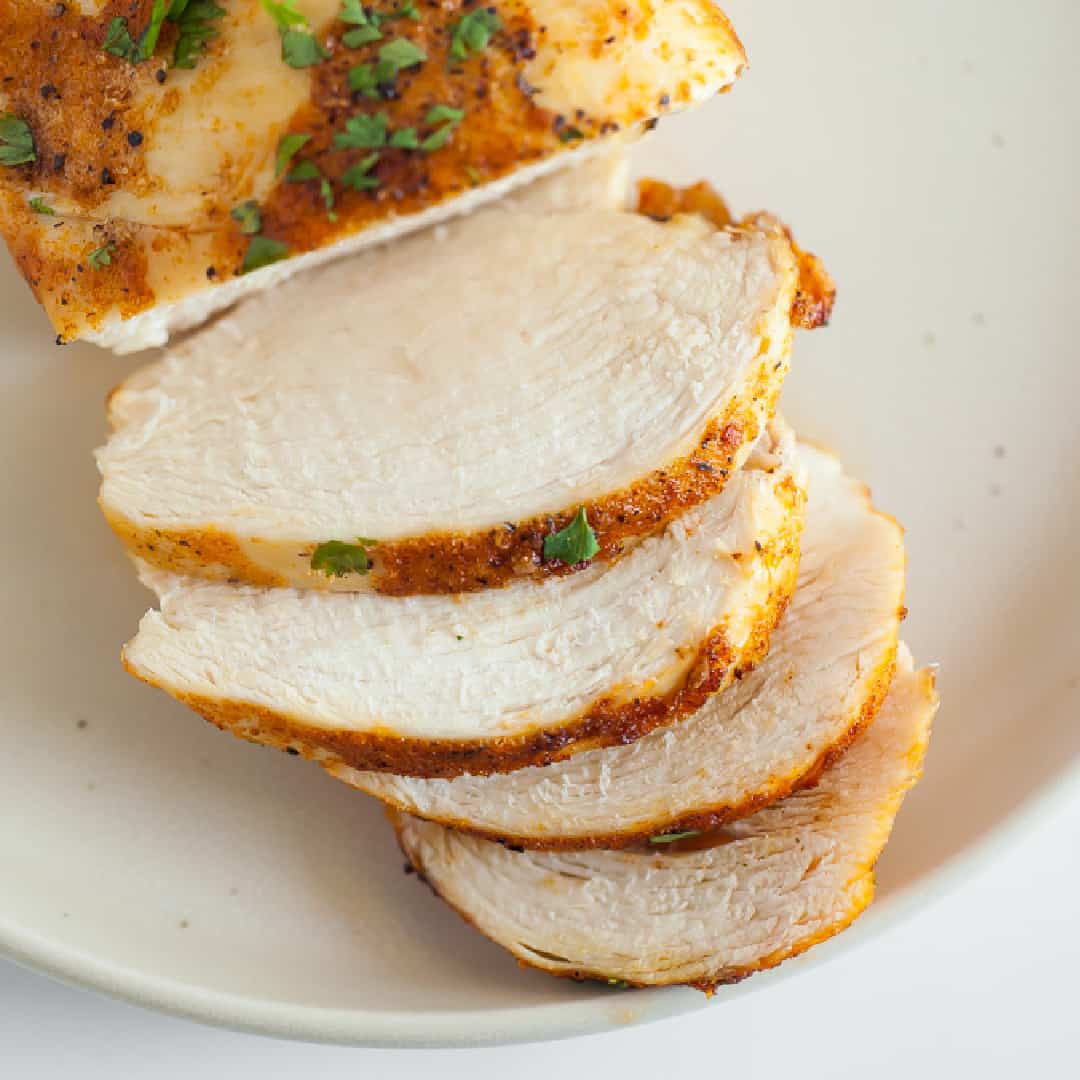
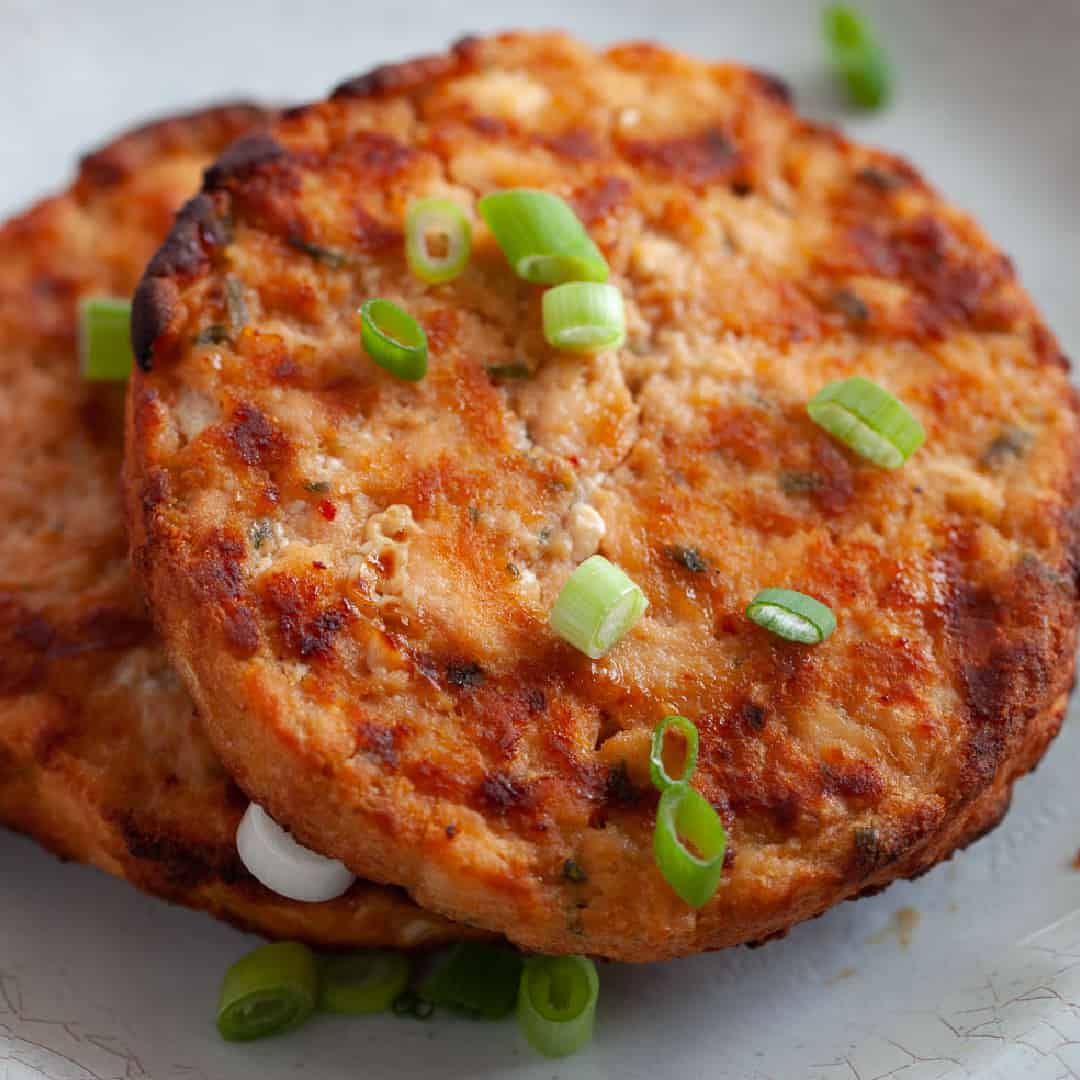
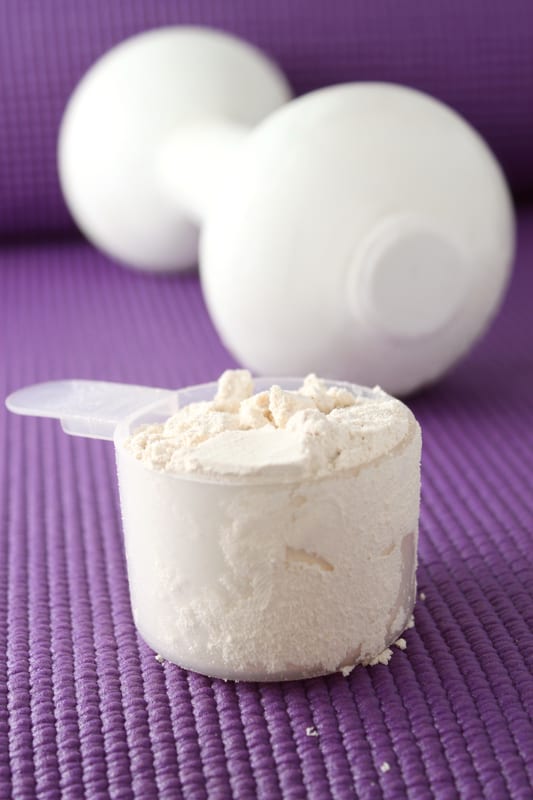
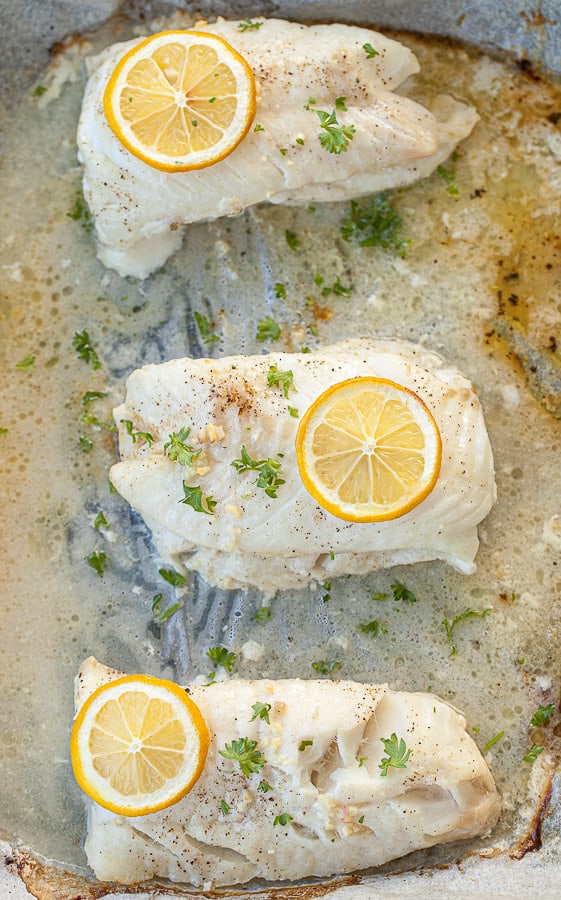
When do you salt and pepper the chicken if you bought it frozen?
If you’re using frozen unseasoned chicken, you can season the chicken with salt and pepper before vacuum sealing, but it won’t stick to the frozen chicken as well as it would fresh. When that happens, I add more seasoning to taste once the chicken is cooked through. -Krista (Team Thyme & JOY)